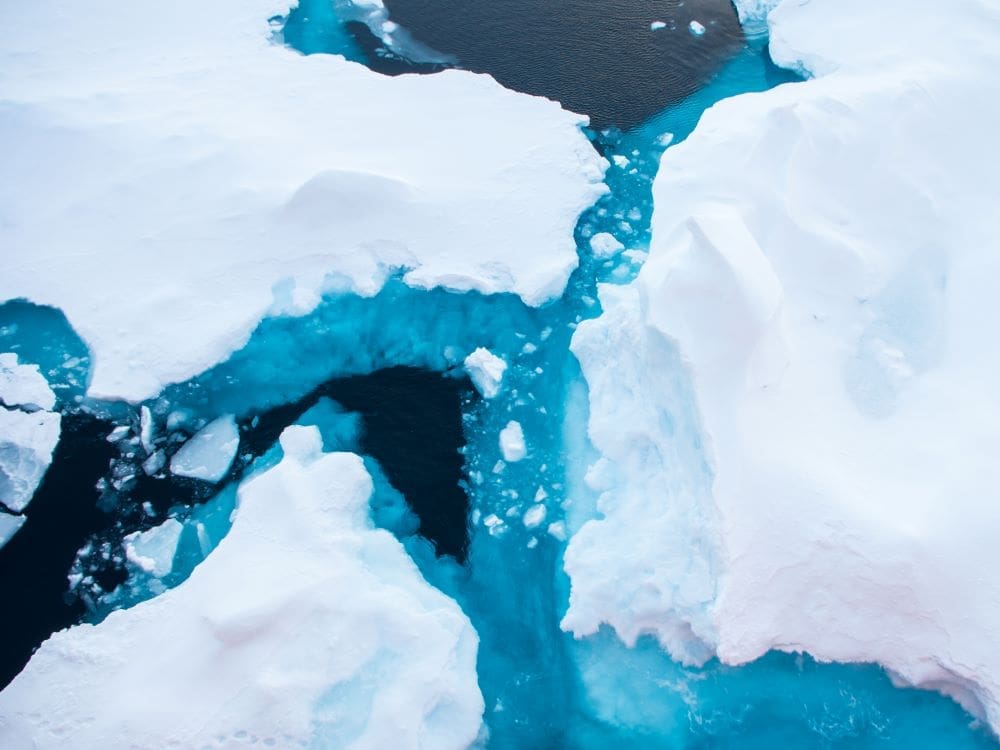Sumary:
A study published in AGU Advances has identified likely locations and timing of abrupt climate shifts in response to continued global warming. Using a modified computer vision technique known as Canny edge detection, researchers scanned climate model data from 57 simulations to pinpoint sudden changes in key Earth subsystems, including the Amazon rainforest, Arctic sea ice, and Tibetan Plateau. The analysis found that as temperatures climb, the risk of abrupt shifts increases sharply, with 6 out of 10 major climate subsystems showing large-scale disruptions at just 1.5 °C of warming.

Abrupt climate shifts likely as global temperatures keep rising
As temperatures, biodiversity losses, and sea levels rise globally, scientists are concerned about the likelihood of abrupt climatic shifts occurring, particularly within sensitive subsystems of the climate system such as the Amazon rainforest, Antarctic sea ice, and the Tibetan Plateau. Abrupt shifts can manifest as, for example, large and sudden changes in the rate of precipitation in a monsoon system, ice melt in Antarctica, or permafrost thaw in the Northern Hemisphere.
Terpstra et al. sought to identify abrupt shifts that might occur in the future, focusing on climate subsystems discussed in the 2023 Global Tipping Points Report. The team examined outputs from 57 models from the Coupled Model Intercomparison Project Phase 6 (CMIP6). All the models simulated a climate change scenario over 150 years, with carbon dioxide concentration increasing by 1% annually until it reached 4 times preindustrial levels.
They then applied a method called Canny edge detection, which was originally created to identify edges in computer images, to the modeled climate data. In this case, they used it to detect edges, or points in time and space, where abrupt changes occurred within a decade across 82 variables, such as sea surface salinity, soil moisture content, and carbon mass in vegetation and soil. Prior research used a similar method to scan for edges in climate data, but not at the subsystem scale.
Although the researchers observed large variations among the model scenarios, 48 of the 57 showed an abrupt shift in at least one subsystem over the modeled period. Monsoon systems were outliers: Only one model indicated an abrupt shift in the Indian summer monsoon, and none indicated abrupt shifts in the South American and West African monsoons.
They also found that the more global warming a model simulated, the higher the likelihood was of abrupt shifts happening. At 1.5 °C above average preindustrial temperatures, the target limit set by the Paris climate agreement, the researchers found that 6 out of 10 studied climate subsystems showed large-scale abrupt shifts across multiple models.
Journal Reference:
Terpstra, S., Falkena, S. K. J., Bastiaansen, R., Bathiany, S., Dijkstra, H. A., & von der Heydt, A. S., ‘Assessment of abrupt shifts in CMIP6 models using edge detection’, AGU Advances 6, 3: e2025AV001698 (2025). DOI: 10.1029/2025AV001698
Article Source:
Press Release/Material by Sarah Derouin | EOS | CC BY-NC-ND 3.0
Featured image credit: Mikhail Varentsov (distributed via imaggeo.egu.eu) | CC BY-NC-ND


